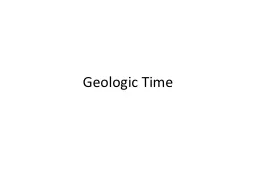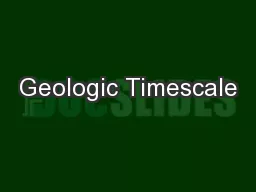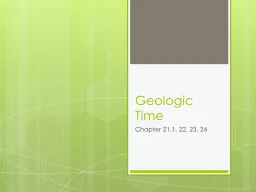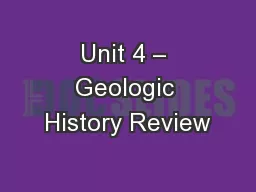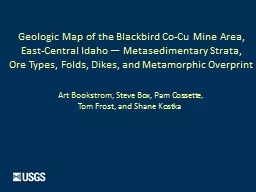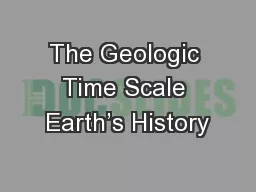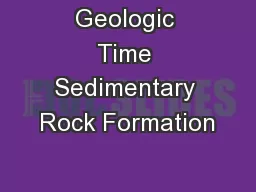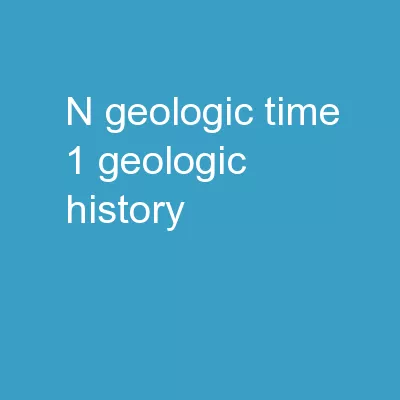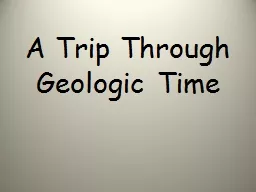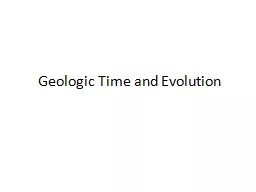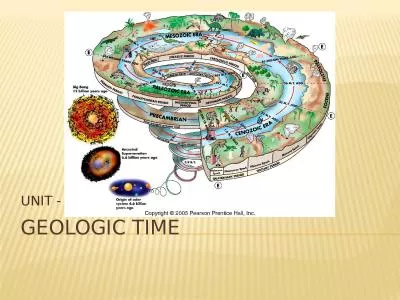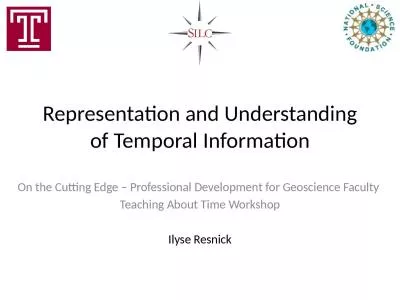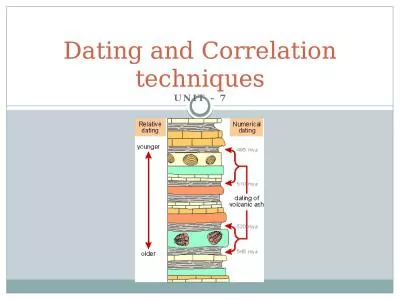PPT-Geologic Time Events in Your Life
Author : warlikebikers | Published Date : 2020-06-30
When you started second grade When you were born When you started kindergarten When you learned to ride a bike When you learned to walk When you learned to read
Presentation Embed Code
Download Presentation
Download Presentation The PPT/PDF document "Geologic Time Events in Your Life" is the property of its rightful owner. Permission is granted to download and print the materials on this website for personal, non-commercial use only, and to display it on your personal computer provided you do not modify the materials and that you retain all copyright notices contained in the materials. By downloading content from our website, you accept the terms of this agreement.
Geologic Time Events in Your Life: Transcript
Download Rules Of Document
"Geologic Time Events in Your Life"The content belongs to its owner. You may download and print it for personal use, without modification, and keep all copyright notices. By downloading, you agree to these terms.
Related Documents

